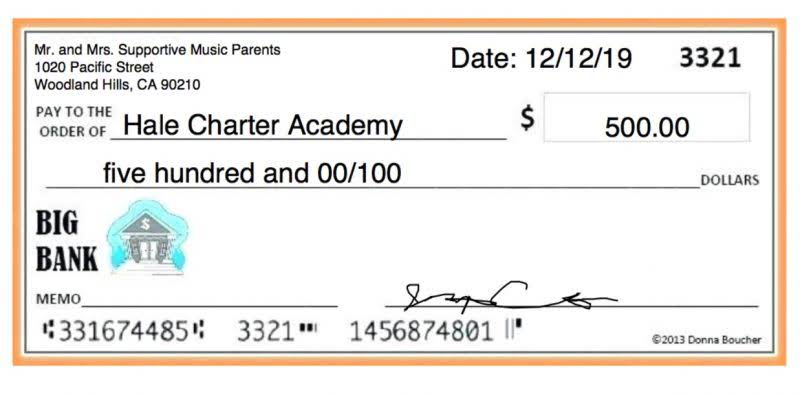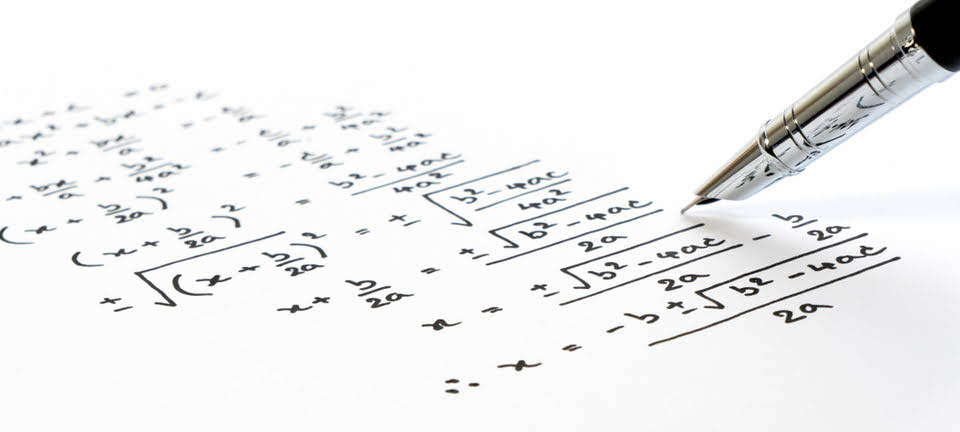
Based on prior history, the company knows the approximate percentage or sales or outstanding receivables that will unearned revenue not be collected. Using those percentages, the company can estimate the amount of bad debt that will occur. That allows us to record the bad debt but since accounts receivable is simply the total of many small balances, each belonging to a customer, we cannot credit Accounts Receivable when this entry is recorded. The direct write-off method is an accounting approach used to manage uncollectible accounts.
- An accounting firm prepares a company’s financial statements as per the laws in force and hands over the Financial Statements to its directors in return for a Remuneration of $ 5,000.
- The Bad Debt Expense is a company’s outstanding receivables that were determined to be uncollectible and are thereby treated as a write-off on its balance sheet.
- For example, company XYZ Ltd. decides to write off one of its customers, Mr. Z as uncollectible with a balance of USD 350.
- The direct write off method is a way businesses account for debt can’t be collected from clients, where the Bad Debts Expense account is debited and Accounts Receivable is credited.
- In 2006, she obtained her MS in Accounting and Taxation and was diagnosed with Hodgkin’s Lymphoma two months later.
Understanding Post-Closing Trial Balances in Accounting
As the name implies, once bad debts have been realized, they are recorded as an expense against the revenues. Under this method, no allowance is created, and the amount directly affects the net income. This distortion goes against GAAP principles as the balance sheet will report more revenue than was generated. This is why GAAP doesn’t allow the direct write off method for financial reporting. The allowance method must be used when producing financial statements. This means that when the loss is reported as an expense in the books, it’s being stacked up on the income statement against revenue that’s unrelated to that project.
Everything You Need To Master Financial Modeling
As a result, the direct write-off method violates the generally accepted accounting principles (GAAP). The rule is that an expense must be recognized at the time a transaction occurs rather than when payment is made. The direct write-off method is therefore not the most theoretically correct way of recognizing bad debts. It’s your decision to write off customer invoices that remain unpaid. However, if the customer is avoiding your calls, making no effort to negotiate payment terms and there are invoices that have gone unpaid for more than 90 days, you might consider writing off the invoices as bad debts. The accounts receivable aging method groups receivable accounts direct write-off method based on age and assigns a percentage based on the likelihood to collect.

Recording Bad Debt Expense
- Let’s suppose the company had recognized the bad debts of $450 for the year 2020.
- The direct write-off method is used only when it is inevitable that a customer will not pay.
- Using the bad debt formula, you can estimate your historical percentage of bad debt.
- With the direct write-off method, there is no contra asset account such as Allowance for Doubtful Accounts.
- This provides a more accurate picture of a company’s profitability for a given period.
- You can also turn to Skynova’s full suite of online software modules to help with your small business needs, from invoicing to submitting professional retainers, credit notices, and work orders.
- Companies must use historical data, industry trends, and judgment to make accurate estimates.
Because of this, Larry’s Lumber makes an accounting entry for this $5,000, classifying it as a bad debt expense. This uncollectible amount is recorded as a loss in their records, and they decide to be more careful before offering credit to Terri’s Toys again in the future. Send reminders for outstanding invoices as the due date draws nearer and after the payments are due. This can help reduce the risk of bad debt expenses over time and may improve your on-time payments. The direct write-off method is best for business owners whose customers typically fulfill their credit payments. This means you only have a few bad debts and don’t have to keep track of dozens of unpaid or past due invoices.

Importance of Managing Bad Debt in Financial Accounting

You need to set aside an allowance for bad debts account to have a credit balance of $2,500 (5% of $50,000). One method is based on sales, while the other is based on accounts receivable. An allowance for bad debt is a valuation account used to estimate the amount of a firm’s receivables that may ultimately be uncollectible. When a borrower defaults on a loan, the allowance for bad debt account and the loan receivable balance are both reduced for the book value of the loan. Company Alpha is in the business of manufacturing spare parts for cars in the local market.


Bad debts in business commonly come from credit sales to customers or products sold and services performed that have yet to be paid for. For example, at the end of the accounting period, your business has $50,000 in accounts receivable. When a business offers goods and services on credit, there’s always a risk of customers failing to pay their bills. The term bad debt refers to these outstanding bills that the business considers to be non-collectible after Medical Billing Process making multiple attempts at collection. For example, if you complete a printing order for a customer, and they don’t like how it turned out, they may refuse to pay. After trying to negotiate and seek payment, this credit balance may eventually turn into a bad debt.
Leave a Reply